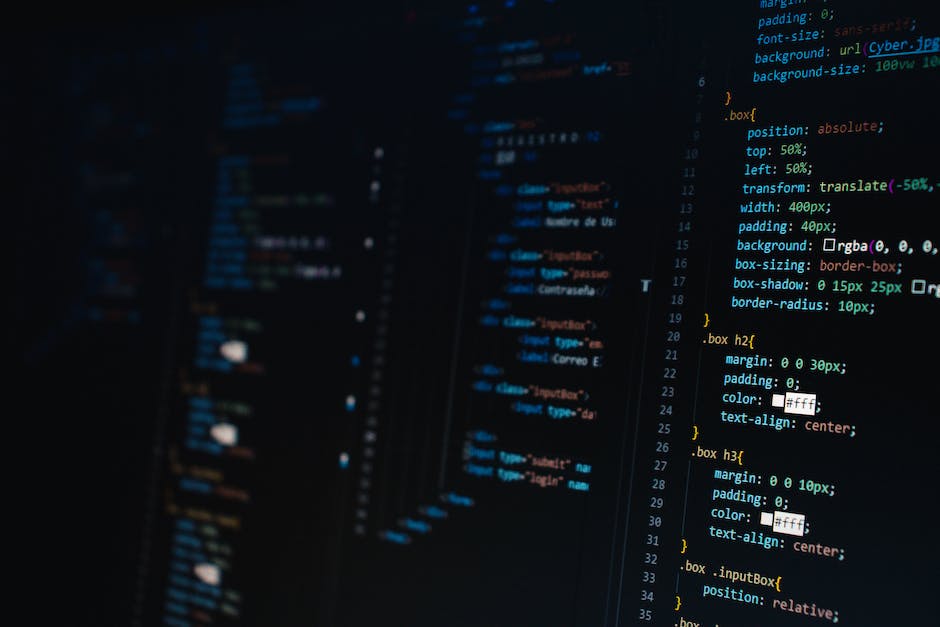Flask is a lightweight and powerful web framework written in Python. It is highly popular among developers due to its simplicity, flexibility, and fine-grained control. This blog post aims to provide an understanding of Flask, its origin, purpose, and basic structure. We will also look at its main features, how to set up a Flask environment, and why learning Flask could be beneficial for your tech career.

Flask’s Origin and Purpose
Flask was developed by Armin Ronacher in 2010 as an April Fool’s joke. However, it quickly gained popularity for its simplicity and modularity. The main problem that Flask solves is creating a basic web application with minimal effort. It provides the tools and libraries necessary to build a web application, without any unnecessary baggage that comes with larger frameworks. This makes Flask an important tool for tech professionals who require a fast and efficient way to develop web applications.
The Basic Structure of Flask
Flask follows a simple and flexible structure, making it easy for developers to start building web applications. Unlike other Python frameworks, Flask does not enforce a specific structure or pattern. This allows developers to structure their applications in a way that best suits their project and team.
Flask applications typically consist of a single module or package that includes the Flask instance, views, models, and other configuration details. The flexibility of Flask’s structure allows developers to scale their applications as needed, from simple single-page applications to complex web services with multiple components.
The basic elements of a Flask application involve routing, templates, error handling, and request handling. These elements are the foundation of any web application and Flask provides a simple and intuitive way to implement them.
Exploring Flask’s Main Features
Flask is packed with a multitude of features that make it a powerful tool for web development. Let’s take a closer look at some of these features and explore how they contribute to the functionality and efficiency of a Flask application.
URL Routing
One of the key features of Flask is URL routing. But what exactly is URL routing, and why is it important? URL routing is the mechanism by which a web application determines what code to run when a specific URL is hit. In other words, it allows you to direct users to different pages based on the URL they enter.
Flask provides a very simple and intuitive way to handle URL routing. With Flask, you can easily map URLs to Python functions, allowing your application to respond differently to different URLs. This is a powerful feature that allows you to create dynamic and interactive web applications.
Template engine
Another major feature of Flask is its integrated template engine, Jinja2. A template engine allows you to generate HTML pages dynamically, which is a fundamental aspect of web development.
With Jinja2, you can create complex web layouts using a simple and intuitive syntax. This makes it easy to design attractive and functional web pages, even if you’re not an expert in HTML. Jinja2 also supports various features such as template inheritance and filters, allowing you to create reusable templates and perform complex operations on your data.
Flask Extensions
Flask’s functionality can be greatly extended using various libraries and tools. These extensions allow you to add functionality to your Flask application without having to write a lot of additional code.
There are many popular Flask extensions available, each designed to handle a specific aspect of web development. Let’s take a look at a few of these:
- Flask-SQLAlchemy: This extension provides a simple way to interact with your database using SQLAlchemy, a popular SQL toolkit for Python.
- Flask-WTF: This extension simplifies the process of creating and processing web forms, a common task in web development.
- Flask-Login: This extension provides user session management, allowing you to handle user authentication and authorization in your application.
These are just a few examples of the many extensions available for Flask. By leveraging these tools, you can significantly enhance the functionality of your Flask application and make your development process more efficient.
Setting up a Flask Environment
Before we dive into creating our first Flask application, it’s essential to set up a suitable development environment. This setup ensures that you have all the necessary tools and software to start building your Flask application.
Let’s walk through the steps necessary to set up a Flask environment:
- Install Python: Flask is a Python framework, so you’ll need Python installed on your computer. You can download it from the official Python website.
- Install Flask: Once you have Python installed, you can install Flask using pip, which is a package manager for Python. Simply type
pip install Flaskin your terminal or command prompt. - Set up a virtual environment: It’s good practice to create a virtual environment for your Flask project. This helps keep the project’s dependencies isolated from other Python projects. You can do this using the venv module in Python by typing
python3 -m venv myenvin your terminal. - Activate the virtual environment: After creating the virtual environment, you need to activate it. On macOS and Linux, use the command
source myenv/bin/activate. On Windows, use.\myenv\Scripts\activate.
Creating a Simple Flask Application
Now that we have our environment set up, we can start building our first Flask application. Don’t worry; we’ll start with something simple to get our feet wet. The aim here is to understand the basic structure of a Flask application and how it works.
Let’s start coding!
| Code Snippet | Function |
|---|---|
|
Imports the Flask module and creates a Flask web server from the Flask module. |
|
Defines a basic route (/) and a function, home, which returns “Hello, Flask!” when the route is requested through the web browser. |
|
Ensures the server only runs if the script is executed directly from the Python interpreter and not used as an imported module. |
And there you have it! You’ve just created your first Flask application.

Why learn Flask?
Considering the increasing demand for web development skills in the tech industry, learning Flask can be a smart career move. Flask is not just another web framework – it’s a tool that can make your work significantly easier and more efficient. It’s widely used in the industry, which means that having Flask skills on your resume can increase your job prospects. But, why else should you consider learning Flask?
Firstly, Flask is relatively simple to learn, especially if you already have some experience with Python. Its simplicity and flexibility make it a great choice for beginners. In addition, Flask is extremely versatile. You can use it to build a wide variety of web applications – from simple one-page sites to complex web services.
Moreover, Flask is well-documented and has a large, active community. This means that if you ever encounter a problem or need assistance, you can easily find help online. Lastly, Flask is lightweight and fast. It doesn’t come with unnecessary tools and libraries, which makes it a great choice for developing high-performance web applications.
Flask vs Other Python Frameworks
When it comes to web development with Python, Flask is not the only option. There are other popular frameworks like Django and Pyramid. So, how does Flask stack up against these frameworks?
Django, for instance, is a high-level Python web framework that encourages rapid development and clean, pragmatic design. It’s more feature-rich than Flask and comes with many out-of-the-box solutions, which can make the development process faster. However, this also makes Django heavier and less flexible than Flask. Django is a great choice for complex, database-driven websites, but can be overkill for simpler applications.
Pyramid, on the other hand, is a lightweight Python framework that is often compared to Flask due to its simplicity and flexibility. Like Flask, Pyramid is also excellent for simple applications, but it can also be used for larger projects. The main difference is that Pyramid aims to offer more flexibility and allows the developer to choose their tools, which can make it a bit more complex to use than Flask.
Resources for Learning Flask
Ready to start learning Flask? Here are some resources that might help you on your journey:
- Flask Web Development with Python Tutorial: This is a comprehensive tutorial that covers everything from setting up your environment to building a full-fledged web application with Flask.
- Flask Mega-Tutorial: This is an in-depth tutorial series that goes beyond the basics and covers advanced Flask topics.
- Official Flask Documentation: The official Flask documentation is a great resource for getting to know the framework. It’s well-written and easy to understand, even for beginners.
- Flaskr — Intro to Flask, Test-Driven Development (TDD), and jQuery: This tutorial introduces Flask within the context of TDD and jQuery, making it a great resource for those interested in modern web development practices.
- Real Python: This website offers numerous Flask tutorials and articles, ranging from beginner to advanced topics.
Conclusion and Next Steps
Flask is a powerful, flexible, and easy-to-learn framework that can help you develop web applications more efficiently. Whether you’re a seasoned developer looking to expand your skill set, or a beginner just starting out, Flask has something to offer you.
Remember, the best way to learn is by doing. So, why not start a new project and try to implement what you’ve learned? With the resources listed above, you’ll be well-equipped to start your Flask journey. So, are you ready to take your web development skills to the next level?
